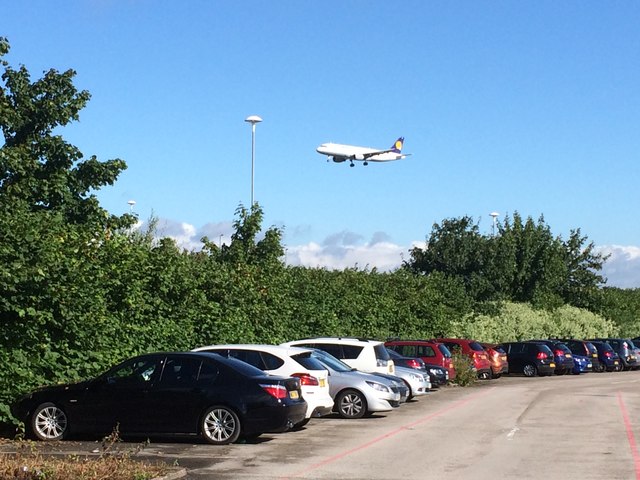How I overcame my fear of flying to travel.
I think that I am not alone if I say that I have had a fear of flying and that it’s taken me a while to build up my confidence to fly without any fear, or at least with little to no anxiety. Most people are thinking about the plane safety, and what is the …




